Tanzanite buying guide
What You need to Know when buying Tanzanite
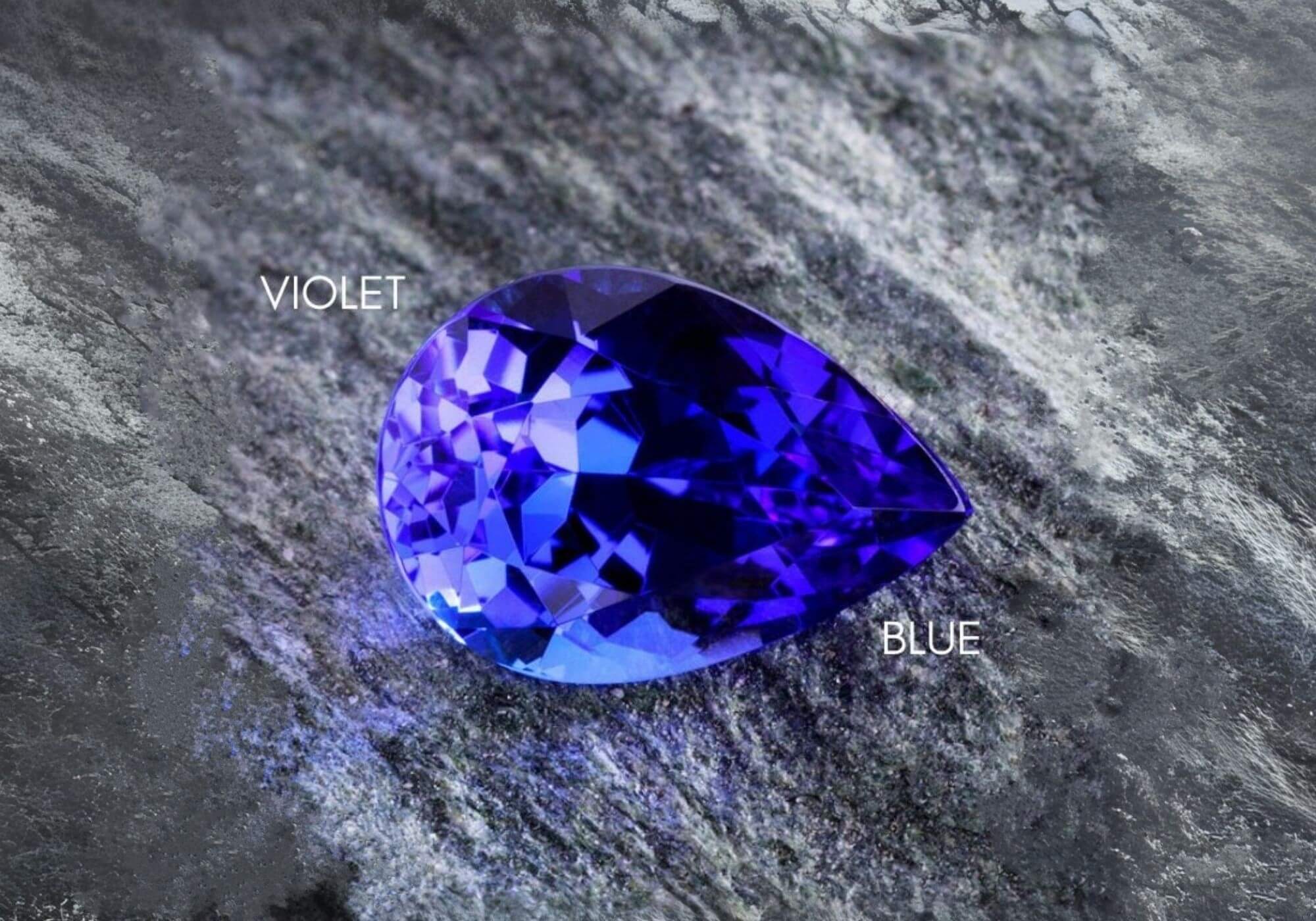
Tanzanite's Color
One Stone, Two Colors
All tanzanite has the rare ability to show two different colors at the same time: blue and violet. Tilt any tanzanite in the light and you will see this mix of colors.
This property is called "PLEOCHRISM" (literally: the ability to see many colors), and is what gives tanzanite its unique beauty and appeal.
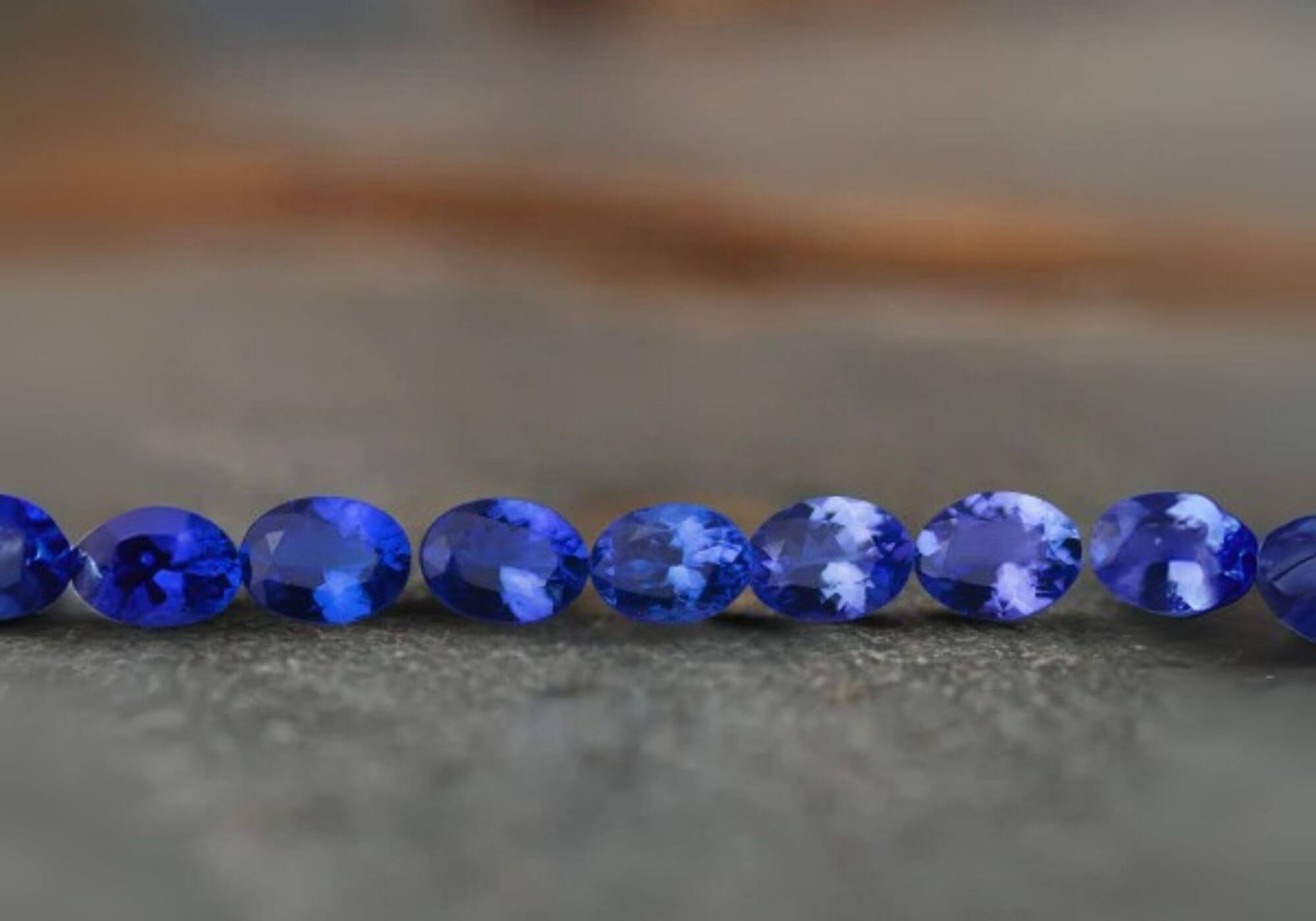
What is the best tanzanite color?
COLOR RANGE
Tanzanite comes in a wide range of shades: from pastel sky blue and lavender all the way up to dark royal blue-violet.
Darker stones are rarer than lighter ones.
Tanzanite under 3 carats is usually lighter in color, with very dark stones rarely found in these sizes. The very darkest and richest "royal blue" color can usually only be "held" by larger stones weighing over 5 carats in size.

which tanzanite is better?
Lighter or Darker?
Pastel-colored tanzanites are far more commonly found than more richly-colored stones. About 80% of mining production is pastel in shade, from soft grayish blues to lilacs.
Vivid, more intensely colored stones occur much more rarely in nature, and are more expensive as a result. The deepest tanzanite colors only make up to 1% of the world’s total production.
Because of their beauty and comparative rarity, darker-colored tanzanites are more expensive than lighter-colored ones. The richer and more vibrant the color, the rarer and more expensive the tanzanite.
Nevertheless, a tanzanite gemstone's color intensity only reflects its rarity, not quality. Each tanzanite, no matter its color, is still incredibly rare.

What color is my tanzanite?
Is My Tanzanite Blue or Violet?
Tanzanite always displays a mix of blue and violet. However, one color will usually appear more dominant.
- If blue is the dominant color, the stone is described as blue-violet (bv)—meaning it's primarily blue with a hint of violet
- If violet is the dominant color, it's described as violet-blue (vb)—meaning it's primarily violet with a hint of blue
There is no price difference between blue- or violet-dominant stones.
Tanzanite Cut
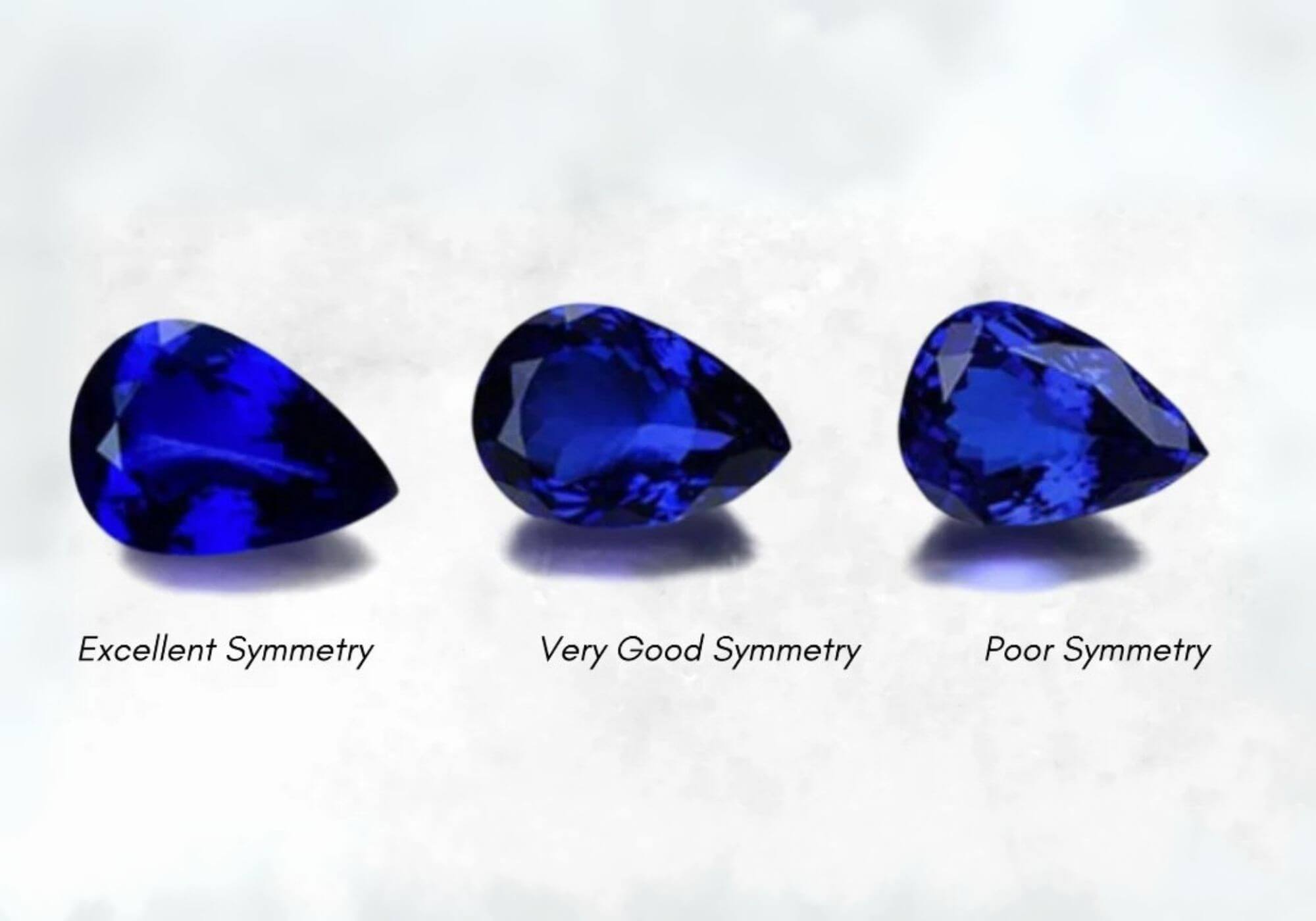
Well-cut Tanzanite
SYMMETRY & CUT
Look for stones with well-cut, symmetrical faces. Does the cushion bulge on one side? Is the round actually round? Are the lobes of the heart equally sized? If not, it is up to you to determine how much those features will affect your appreciation of the stone.
Another thing to look out for is “windows”: areas in the stone that appear almost white or transparent. They occur when the stone is poorly cut, causing light to leak through the bottom of the gem instead of bouncing off the facets and back to your eye.
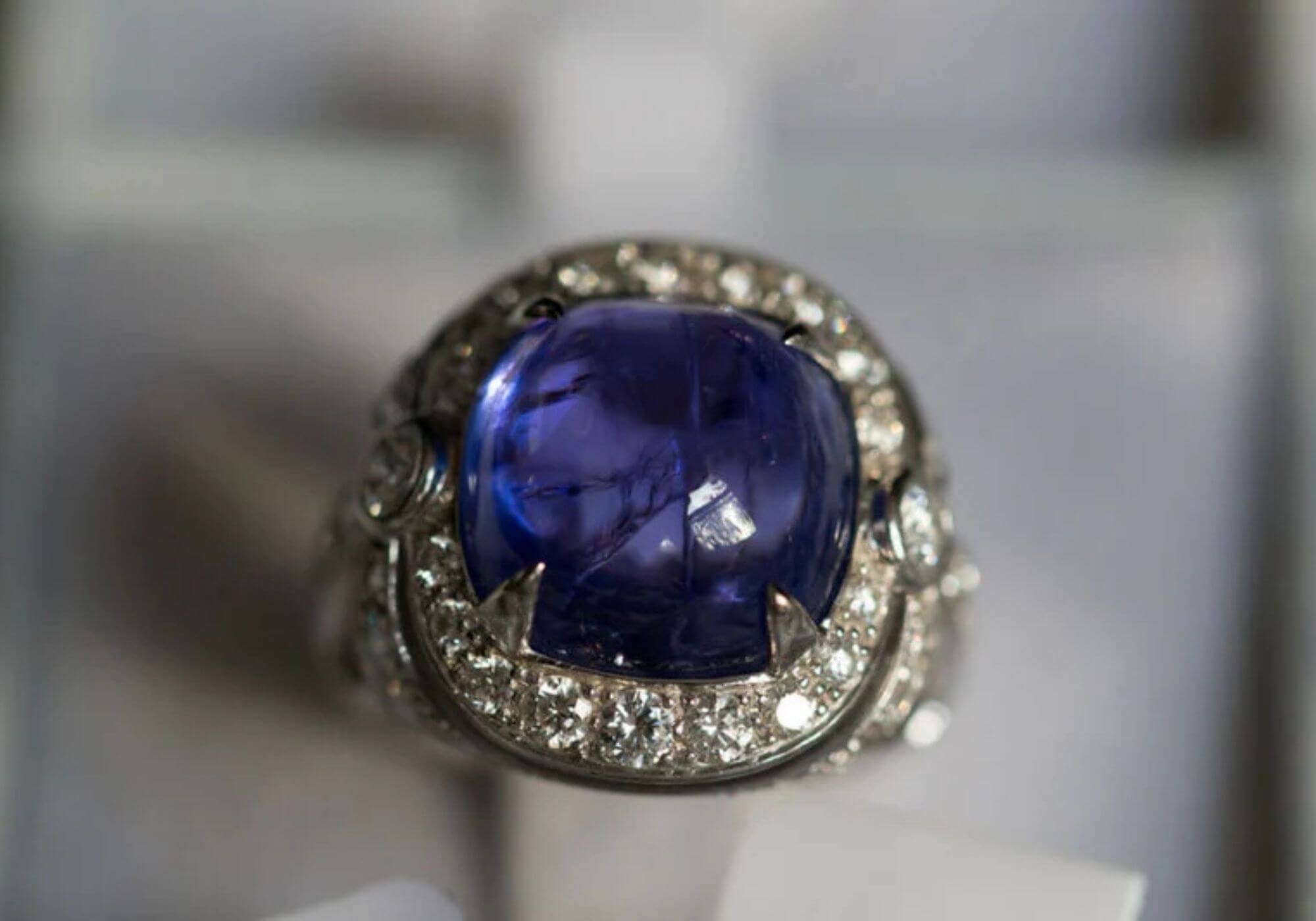
WHAT IS THE Best Tanzanite Clarity?
CLARITY
The best clarity for tanzanite is "flawless" or "eye clean", meaning the stone has no visible inclusions or imperfections visible to the naked eye.
Stones with tiny spots or little cracks that you can see with your naked eye are sold at a discount.
The flawed tanzanite in the photo is shown for reference. Tanzanite Direct only sells flawless tanzanite.
Proportions
Tanzanite is commonly cut more deeply underneath than other gemstones. However, be careful of tanzanite with a very deep bottom or “pavilion”. Stones like that will weigh more, and therefore, cost more compared to ones with a shallower cut and lighter carat weight.
CARAT WEIGHT VS. visible size of your stone
Unlike for diamonds, carat weight alone may not accurately reflect the size of your tanzanite. Because of variations in cut, it is easy for two colored stones with identical carat weight to look completely different. Thus, the best way to judge a tanzanite’s actual size is its “face-up”, or the diameter measurements of length and width.
A one-carat round tanzanite will usually measure between 5.00 to 6.00 mm in diameter. (For comparison, a one-carat round diamond will usually measure 6.5 mm.)
LIGHT SENSITIVITY
Tanzanite is light-sensitive, which is why some stones can appear dramatically different depending on the lighting conditions. Under incandescent (yellow) lighting, tanzanite often shifts towards a more violet or purplish tone, while in natural daylight, its blue hues become more prominent.
Some stones are more "moody" than others, showing stronger shifts between lighting environments. These variations do not affect the gem's value in any way but add to its "personality".
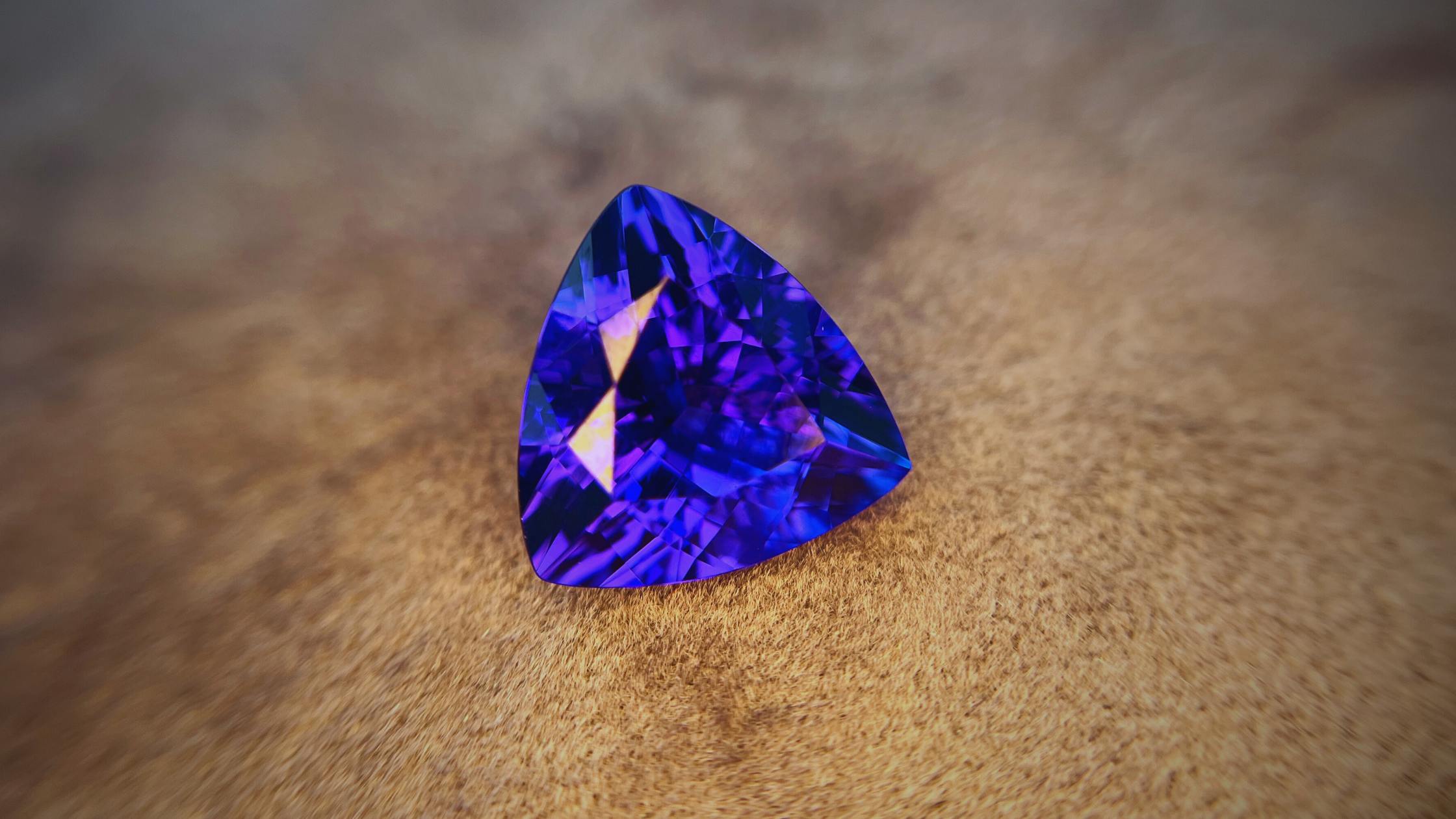
Yellow lighting

WHITE LIGHTING
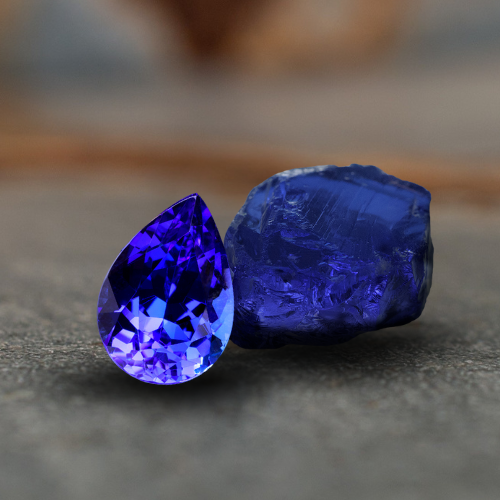
BUYING TANZANITE?
Frequently Asked Questions
Is blue or violet tanzanite better?
Ultimately, it is a matter of your taste and preference. All tanzanite displays a mix of both blue and violet when viewed from different angles, and there is no price difference between blue- or violet-dominant stones.
Is your tanzanite “AAA”? / What does the “AAA” grade mean for tanzanite?
The term “Triple A” (or “AAA”) is commonly used in the gemstone trade to indicate high-quality tanzanite—but it remains an informal description.
The “AAA” label has no scientific basis and is not part of any recognized or regulated grading system. When shopping for tanzanite, be aware that online sellers often use the term loosely—and may apply it incorrectly, whether through inexperience or in an attempt to mislead the buyer.
Does it matter if tanzanite is heated?
No. Nearly all tanzanite is gently heat-treated to bring out its beautiful blue-violet color, as most tanzanite is brown when it's mined. This treatment, which is accepted worldwide as standard, is permanent and doesn’t affect the stone's value. Tanzanite pricing is based on each stone's color, clarity, cut, and size.
Importantly, even top gemological labs—including the GIA—currently have no means to determine whether a tanzanite has been heat-treated or not, making any claims about "natural, unheated" color even harder to verify.

Measurements VS Carat Weight
When you see "length × width" used to describe a gemstone, those values refer to the measurement of the stone’s face (the top view), given in millimeters:
- the longest dimension when looking down at the gemstone’s table (top flat surface), and
- the shorter dimension across the stone, perpendicular to the length
For example:
- 8.0 × 6.0 x 4.00 mm = 8 mm long, 6 mm wide, 4.00 mm deep

Heat Treatment Of Tanzanite
Does it matter if Tanzanite is heated?
No. Nearly all tanzanite is gently heat-treated to bring out its beautiful blue-violet color, because most of it comes out of the ground with a brownish "veil" that can be dissolved when gently heated. Heating is completely normal and accepted worldwide. The treatment is permanent and doesn’t affect the value — pricing is based on the stone’s color, clarity, cut, and size.
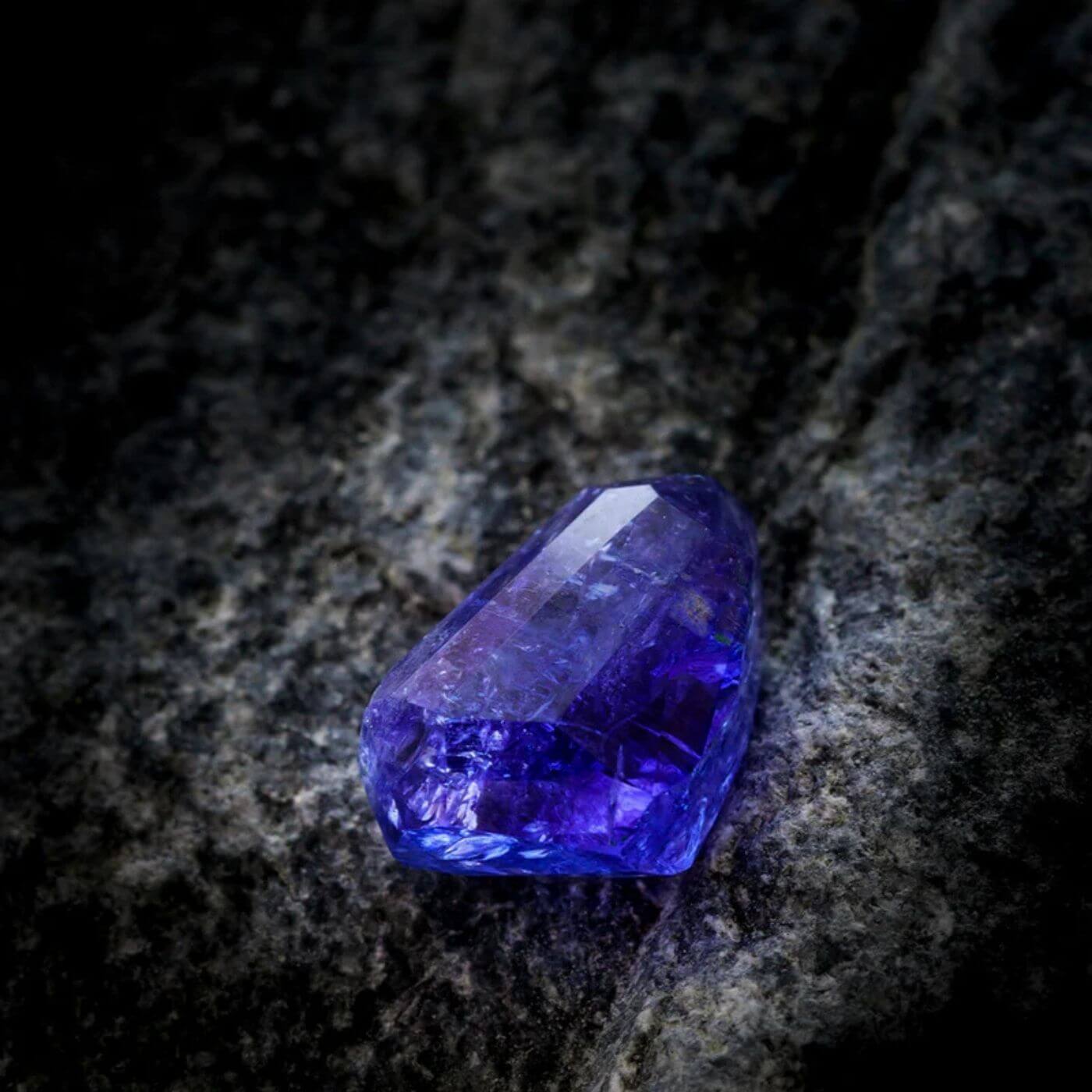
IS "D BLOCK" TANZANITE BETTER?
Tanzanite comes from a single small deposit in Tanzania, only eight square miles in size. The Tanzanian government divided the deposit into four sections (A, B, C, and D) for licensing purposes, but these boundaries are purely administrative, and have nothing to do with gem quality.
The entire tanzanite deposit was formed at the same time and in the same way. No existing technology or method can tell which block any individual tanzanite stone came from, and the term “D Block” is often used as a marketing gimmick.
See the Tanzanite Mining Area